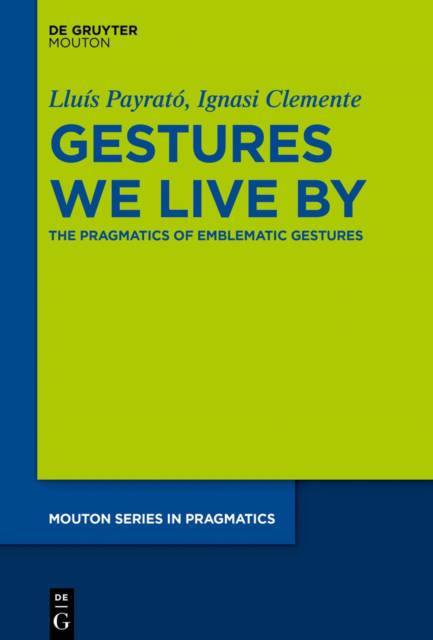
- Afhalen na 1 uur in een winkel met voorraad
- Gratis thuislevering in België vanaf € 30
- Ruim aanbod met 7 miljoen producten
- Afhalen na 1 uur in een winkel met voorraad
- Gratis thuislevering in België vanaf € 30
- Ruim aanbod met 7 miljoen producten
Zoeken
€ 168,45
+ 336 punten
Uitvoering
Omschrijving
This book examines emblems (or emblematic gestures) from a pragmatic view, that is to say, as autonomous gestures that fulfill communicative functions, embody illocutionary values, and act as signals of cognitive relevance. Emblems are conceived as multimodal tools on the frontier between verbal and nonverbal modes, and are part of the communicative repertoire of individuals and sociocultural groups. Emblems constitute clear cases of embodiment and are susceptible to many processes of metaphorization (contrasting or not with verbal metaphors), metonymy, and interference between modalities. The applications of emblematic analysis are numerous, from lexicography to second language learning, or to natural language processing.
Specificaties
Betrokkenen
- Auteur(s):
- Uitgeverij:
Inhoud
- Aantal bladzijden:
- 251
- Taal:
- Engels
- Reeks:
- Reeksnummer:
- nr. 22
Eigenschappen
- Productcode (EAN):
- 9781501516757
- Verschijningsdatum:
- 16/12/2019
- Uitvoering:
- Hardcover
- Formaat:
- Genaaid
- Afmetingen:
- 160 mm x 236 mm
- Gewicht:
- 521 g

Alleen bij Standaard Boekhandel
+ 336 punten op je klantenkaart van Standaard Boekhandel
Beoordelingen
We publiceren alleen reviews die voldoen aan de voorwaarden voor reviews. Bekijk onze voorwaarden voor reviews.








